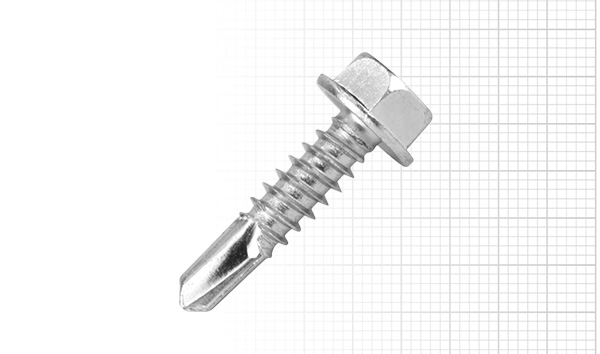
1. What Are Self-Tapping Screws?
Self-tapping screws are specialty screws that can cut their threads upon being driven into material. They are utilized on pre-drilled and un-drilled holes.
2. Types and Where They’re Used
| Type | What It Does | Used For |
| Thread-Cutting | Cuts away material to form threads | Metals, hard plastics |
| Thread-Forming | Pushes material aside to form threads | Softer plastics, thin metal sheets |
| Self-Drilling | Drill tip to form a hole and threads | Steel, sheet metal, metal frames |
3. Materials and Coatings
- Materials: Carbon steel, stainless steel (A2/A4), brass, aluminum
- Coatings: Zinc plating, galvanized, black oxide, Dacromet (rust-resistant)
4. Sizes and Styles (Metric and Imperial)
| Feature | Range |
| Diameter | M2 to M12 or #2 to ½ inch |
| Length | 6 mm to 150 mm or ¼ inch to 6 inches |
| Head Styles | Pan, flat, hex, countersunk, washer head |
| Drive Types | Phillips, Pozidriv, Torx, Slotted |
5. Performance Details
- Thread Pitch: Coarse for general application; fine for better hold
- Tapping Torque: Material dependent (e.g., 2–10 Nm in mild steel)
- Pull-Out Strength: Base material dependent (200–1000 N in 2 mm steel)
6. Standards and Certifications
- ISO 1478 / ISO 1481 (Thread-forming & cutting screws)
- DIN 7500 (Self-drilling screws)
- ANSI/ASME B18.6.4 (American standards for self-tapping screws)
7. Installation Tips
- Pre-drill: Necessary for hard materials to avoid damage
- Speed: Apply 500–3000 RPM depending on screw and material
- Lubrication: Minimizes friction when screwing into metal
8. Advantages
- No pre-tap threads necessary
- Vibration resistance is acceptable
- Works well in metals, plastics, and other materials
9. Precautions to Keep in Mind
- Not typically reusable in high-stress applications
- Does not hold well in very brittle materials
Note:
Choose the right screw based on the type of material, environment, and amount of strength needed.
